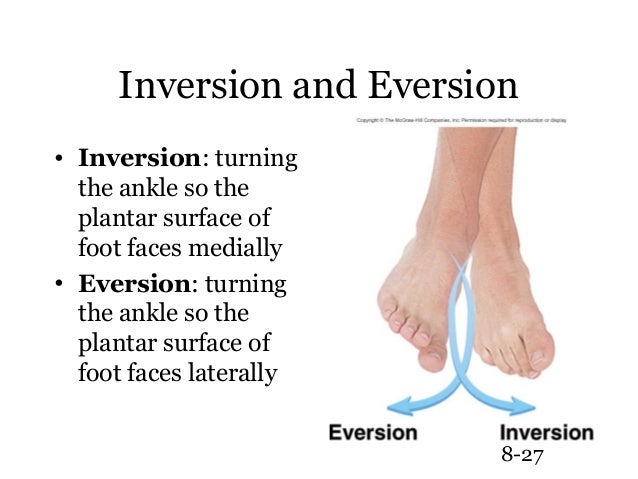Terms for movement of the body can help us both explain our actions and those we want others to do as part of the massage. They also help us not sound so foolish to an educated client or therapist. (Plus, whether or not someone knows the terms, you could always impress them and talk over their heads, which is kind of fun if you ask me. :)
Besides all that, we have to know them for the test in order to be a massage therapist, so check them out!

To flex a muscle, which is flexion, you will be shortening the angle of the joint, as you do with flexing your bicep. When everything is flexed, your body is in the fetal position.
Extension is the opposite of that, and opening up the joint.
To abduct an arm, which is abduction, you take it away from the body, or anatomical position, which all positions start from. This is like you abduct a child by taking it away from it's parents. To adduct, or the action of adduction, is to add to the body.
Knowing that medial is speaking of the middle of the body, as I previously posted, it makes sense that medial rotation is rotating towards the mid-line. Which the opposite of is lateral rotation.
Circumduction is any joint that allows a full circle. The root is often a dead giveaway as to the meaning of the word if you notice.

Speaking of a circle, to rotate something like an arm we call one direction supination and the other pronation.
To remember them I think of a bowl of soup in my hand for supination, and pouring it out when I pronate it.
Then we have inversion and eversion.

If you get these basics, you are off to a great start in knowing the body movement terms!
How do these movements happen though? Joints!
There are numerous types of joints, and you need to know them.
There are:
A. Plane joints
B. Hinge joints
C. Pivot joints
D. Condyloid joits
E. Saddle joints
F. Ball and socket joints
I personally find them a bit confusing, as they are pictured in numerous ways. For instance here,
and here.

So good luck with differentiating them, but know the list anyhow. And with that, you will know the basics of the movements of the body, and the joints that facilitate them.
